"The People's Platform": Building a Better Election
/ow that the 2018 midterms are over, we know all what comes next—two years of non-stop presidential punditry. Who will run?! What chances do they have?! Perpetual polling!! More than ever, the important questions of what should be done in America will be drowned in a tsunami of idle speculation on who should do it.
But it doesn’t have to be this way.
My proposal is a simple one. And it’s doable in relatively short order. Here’s the plan:
Implement party platforms—the issues candidates run on—well BEFORE the party’s candidates are nominated. Let voters not only consider--but also help construct—the planks in those platforms.
It’s a straightforward idea, andI think it accomplishes a lot. Because we can use those voter-constructed planks to question prospective contenders and find out where they really stand. Based on their responses, voters (at least in primary states) can significantly determine who ultimately gets the nod at the national conventions. In other words, declare the issues before weighing the personalities.
Would the parties consider this? Well, on the Republican side Donald Trump is going to say and run on whatever he wants. So, for one party, this seems like a hopeless exercise. But a lot of other GOP candidates will also face the voters, and there’s no reason to limit this to just the presidential race.
The Democrats have their own challenges…illuminated so clearly in 2016 when the party platform became a major issue of contention between Clinton and Sanders supporters. Characteristically, the Democrats were perfectly wonky in their process. A 15-member committee spent months hearing from 114 witnesses. And just as predictably, they compiled a mind-numbing, 26,000-word document that vaguely was for everything any sane person would want…and vaguely against everything that same person would oppose. There are maybe a dozen people on earth who read the whole thing. (It was seven times longer than the U.S. Constitution…and 20 times longer than the Declaration of Independence.) But even then, for the most part it painstakingly avoided specific prescriptions.
Candidates should be confronted with the issues that voters care about so that voters can make an informed opinion.
y proposal has only two parts:
(1) Conduct an online survey of all registered voters who choose to take part. Call it “The People’s Platform”. List 15 or 20 key issues and ask them to simply rank them in importance.
With a simple tally, we understand what truly motivates voters. Coders can weed out repeat voters…or Russian interference. Participants only need to identify their preferred party as Republican, Democratic or Independent. (We don’t need Nate Silver, et al, slicing and dicing race, gender, ethnicity, age, geography, etc.) A non-affiliated agency can and should run it. Make this happen by July 4, 2019.
(2) Use this as the basis for a substantial part of all political reporting, as well as the foundation for questions at candidate debates. This is the necessary leverage to make the parties pay attention. By having this survey inform the process, claims of “fake new”, “reporter bias” and “stupid debate questions” are removed from the mix. This is the people talking. And andidates would need to directly respond to—or ignore—what the voters have identified as the issues most important to them. Candidates would ignore voters at their own peril—even Mr. Trump.
Finally, these issues must be translated into direct, specific (and often uncomfortable) questions. For example, if “health care” winds up number one, then ask each candidate to come out either for or against implementing single payer (Medicare for all) within five years. If the Mexican border wall is #4, ask whether the voters should pay more taxes to build it. If gun violence is #6, demand candidates declare ‘yes’ or ‘no’ on outlawing automatic weapons. If abortion is #9, ask if mothers should face criminal penalties. You get the idea.
I know it’s tempting to say that it’s hard to push through a proposal like this when there’s no precedent. But there is. Until the middle of the 20th century, party platforms were built before the races were run. The belief back then was that policy was more important than personality--and there may be a telling correlation buried here. Between 1840 and 1900, voter turnout in presidential elections ranged from 70% to more than 80%. Since 1972, when Nixon degraded the image of all political personalities, the average has been less than 54%.
o, there’s a fork ahead in our political road. Either we refocus campaigns and coverage on what voters say they want—real choices on real issues. Or we stumble further along the path of personality, posturing and pointless pontification.
And we can all see where that’s got us.
Have a comment or thought on this? Just hit the Your Turn tab here or email us at mailbox@cascadereview.net to have your say.





